Greetings,
I don't know why, but lately your longing for the past is increasing day by day. Everywhere I turn, the picture drawn on the wall, the potted flowers turning the balcony into a riot of colors and a little girl smiling with a balloon in her hand remind me of my childhood. I spent part of my childhood in the village. I remember waking up at five in the morning. When I looked out the window, I would see a faint glow on the horizon, a lone figure of light, roaming the village square.
Merhabalar,
Bilmiyorum ama, son zamanlarda geçmişe olan özlemin gün geçtikçe artıyor. Yüzümü ne tarafa çevirsem, duvara çizilen resim, balkonu renk cümbüşüne dönüştüren saksılı çiçekler ve elindeki balonuyla etrafa gülücükler saçan küçük bir kız çocuğu bana çocukluğumu hatırlatıyor. Çocukluğumun bir bölümünü köyde geçirdim. Sabah, beşte kalkığımı hatırlıyorum. Pencereden dışarıya baktığımda daha ufku belli belirsiz bir aydınlığın, köy meydanında tek başına cirit attığını görürdüm.



I love the moments when I am reunited with my nature, the absence of which I look for every week. This week my heart took me to Bahtılı, a village still trying to keep its life alive. Standing guard at the side of the road like military guards
After passing the pine trees, I slowed down a bit. As I was driving on the asphalt road, I saw a two-story wooden house on the side of the road. I stopped immediately because this house looked very similar to our house in the village. No one was living in it. The old stones had already begun to resist to keep the house intact. The windows of the house were made of black boards. Some of the stones that had succumbed to time had collapsed and disintegrated part of the house. The green vines that came to the rescue tried to close the open gaps. In our village, the lower floors were usually used as stables and woodsheds. The upper floors were used for living.
Her hafta yokluğunu mumla aradığım doğamla kavuştuğum anları çok seviyorum. Bu hafta yüreğim beni, bir köy hayatının yaşamını hala ayakta tutmaya çalışan Bahtılı'ya götürdü. Yolun kenarında askeri muhafızlar gibi nöbet bekleyen
çam ağaçlarını geçtikten sonra biraz yavaşladım. Asfalt yolda ilerlerken, yolun kenarında iki katlı ahşap bir ev gördüm. Hemen durdum. Çünkü bu ev köydeki evimize çok benziyordu. İçinde kimse yaşamıyordu. Eski taşlar evi sağlam tutmak için direnişe çoktan başlamış. Evin pencereleri kara tahtalardan yapılmıştı. Zamana yenik düşen bazı taşlar evin bir bölümünü çökertmiş ve dağıtmıştı. Yardımına koşan yeşil sarmaşıklar açık boşlukları kapatmaya çalışmışlar. Bizim köyümüzde alt katlar genelde ahırlık ve odunluk olarak yapılırdı. Üst katlar ise oturma amaçlı kullanılırdı.
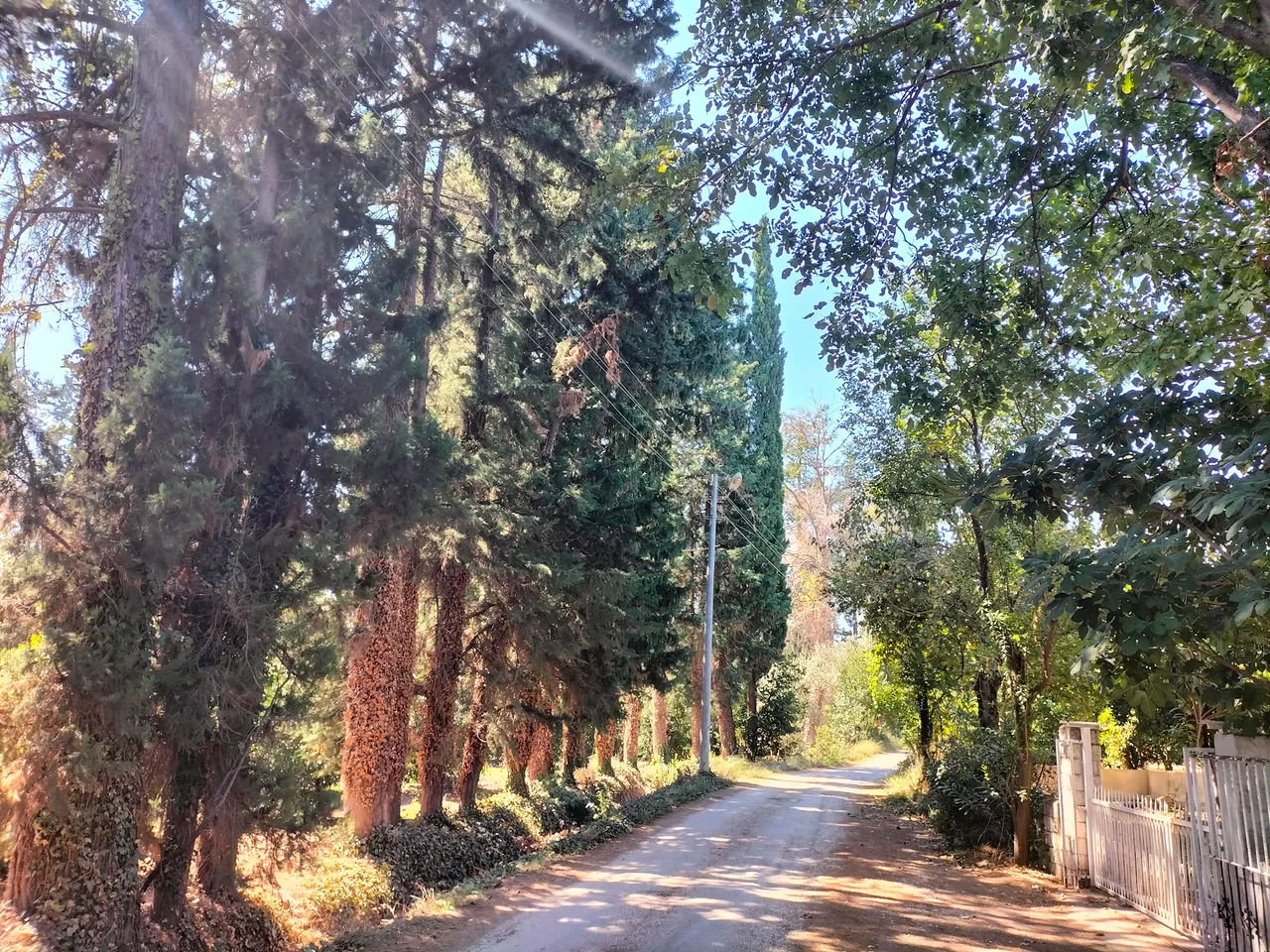
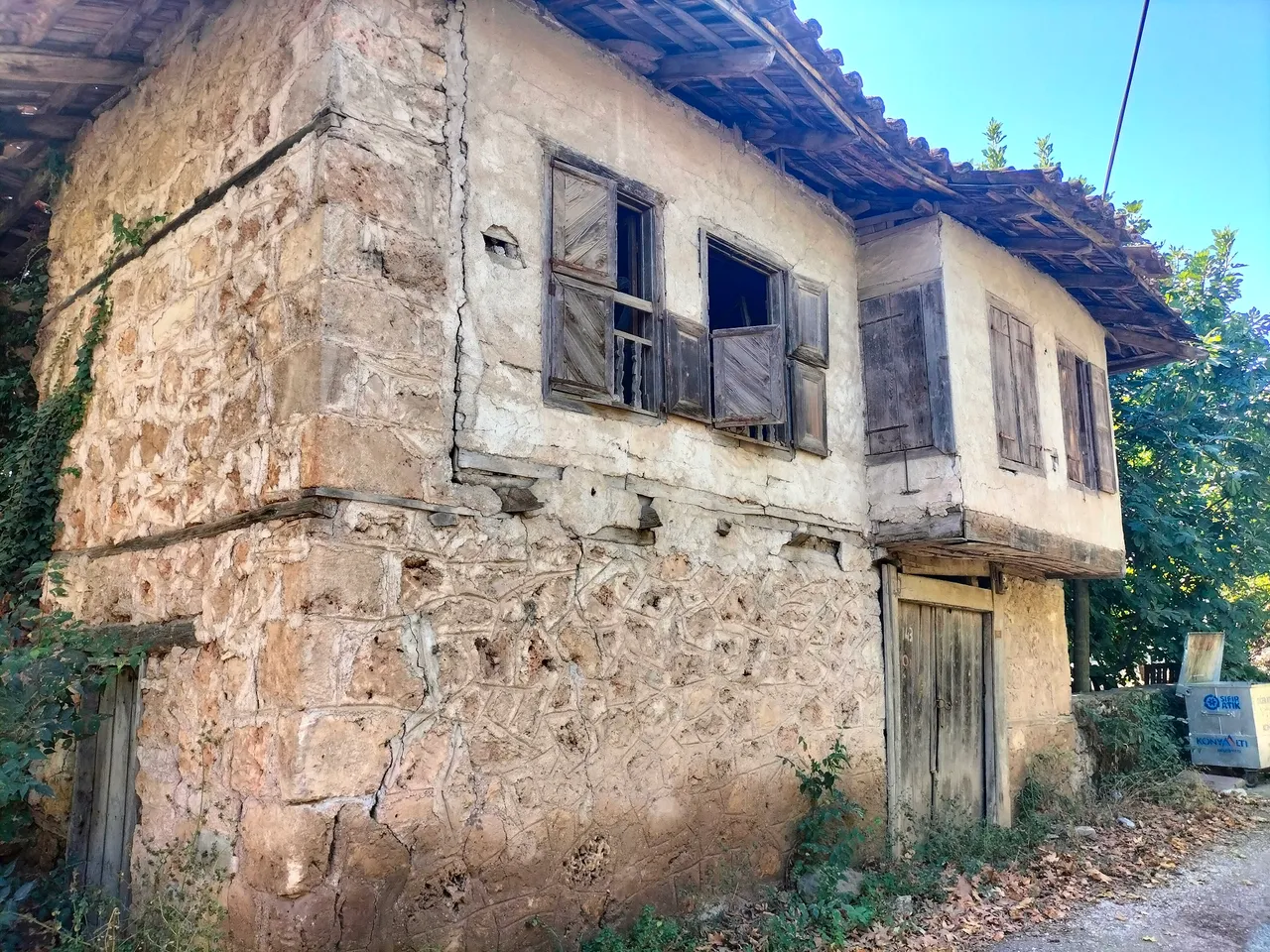
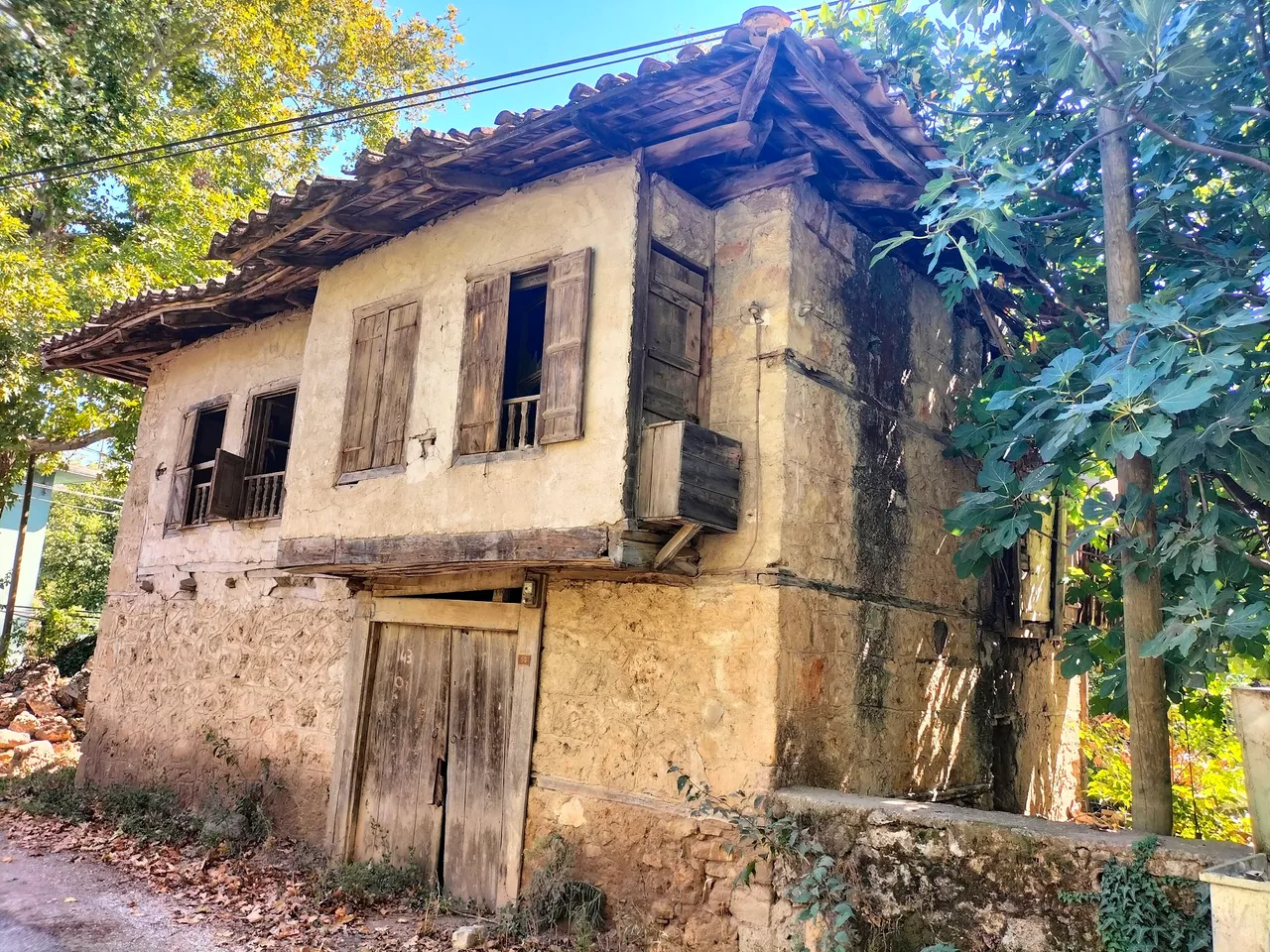
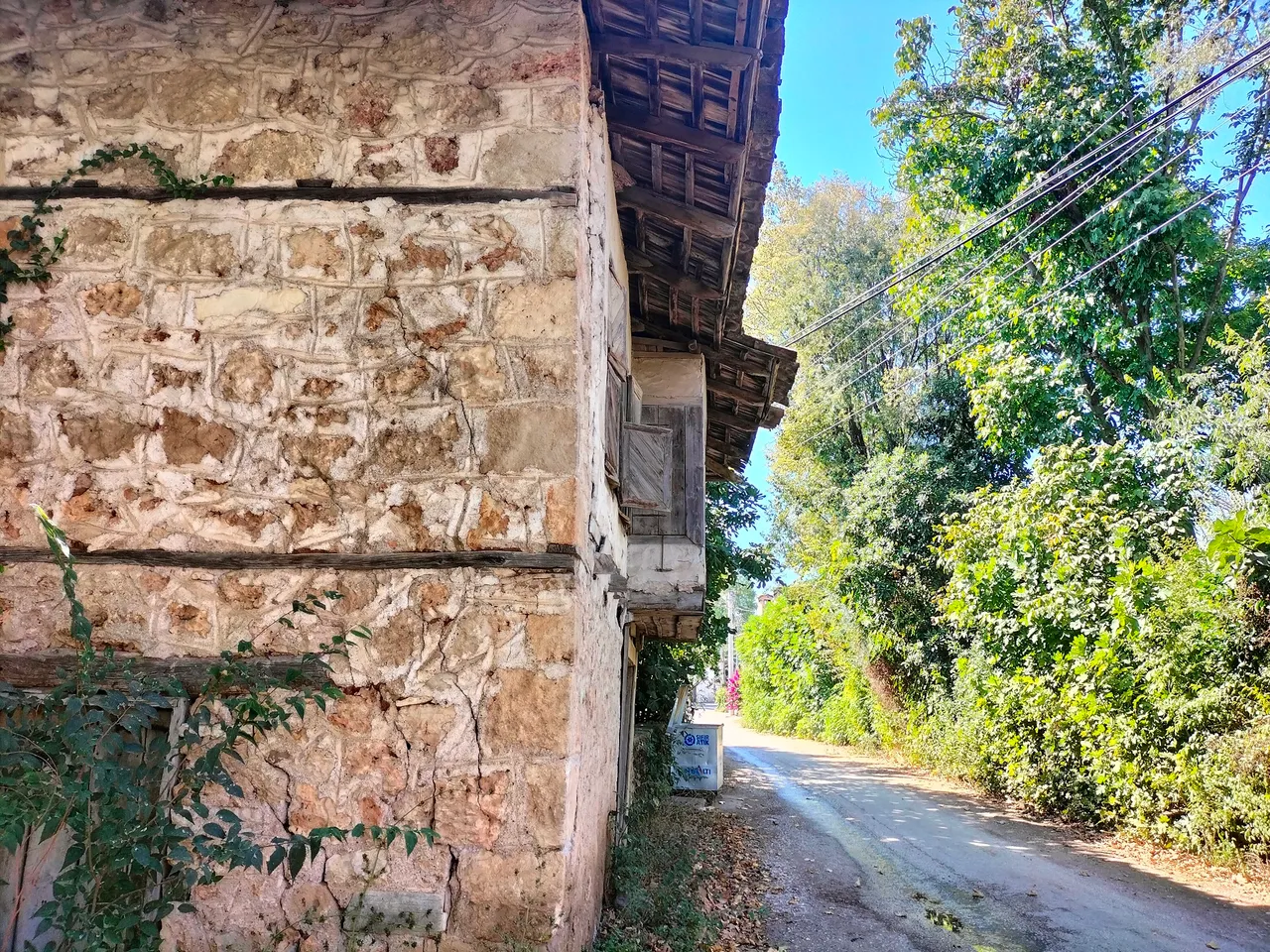
Remember, in the old days there were no bells in village houses. Everyone would knock on the door of the neighbor they were visiting with a fist. Most houses even had open doors. As Aunt Ayşe's voice echoed upstairs, the start of the plan made the day before would be made. They would set off in their slightly earthy, flowery, shalwar attire with smiling faces. The day that started in front of the door would end with sincere feelings close to sunset. Just like in those days, the wooden door here has also become a nostalgia that starts the day with brightness.
Hatırlayın, eskiden köy evlerinde zil çalınmazdı. Herkes misafirliğe geldiği komşunun kapısını elini yumruk yapar çalardı. Hatta çoğu evlerin kapısı bile açık olurdu. Kapıdan giren Ayşe Teyze'nin sesi üst katta yankılanırken, bir gün önceden yapılan planın startı da verilirdi. Hafif topraklı, çiçekli, şalvarlı kıyafetleriyle o gülümseyen yüzleriyle yola çıkmışlardır. Kapının önünde başlayan gün, güneşin batışına yakın samimi hislerle bitiyordu. Buradaki tahtalı kapı da tıpkı o günlerde olduğu gibi, güne aydınlıkla başlatan bir nostalji olmuştur.
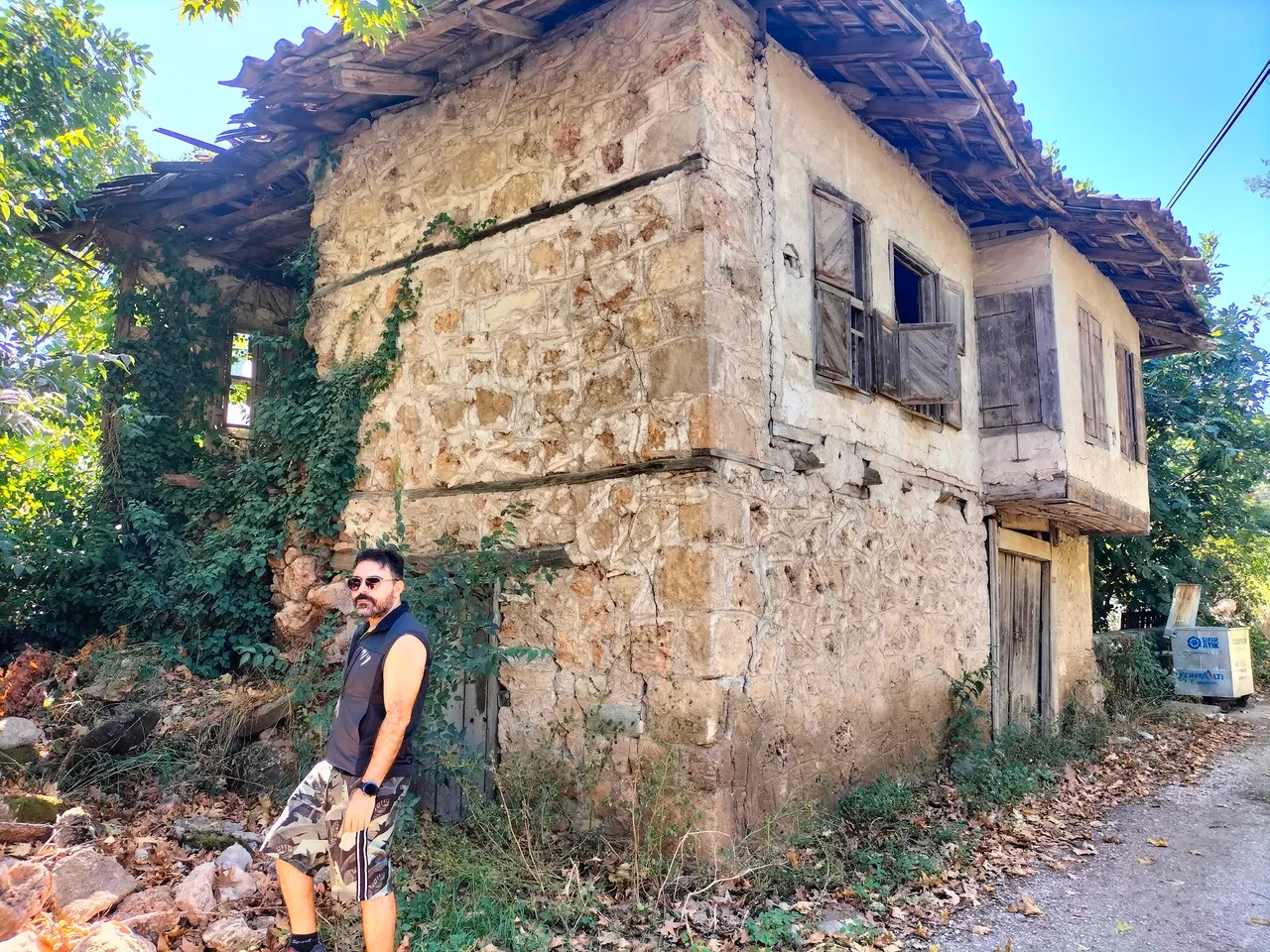
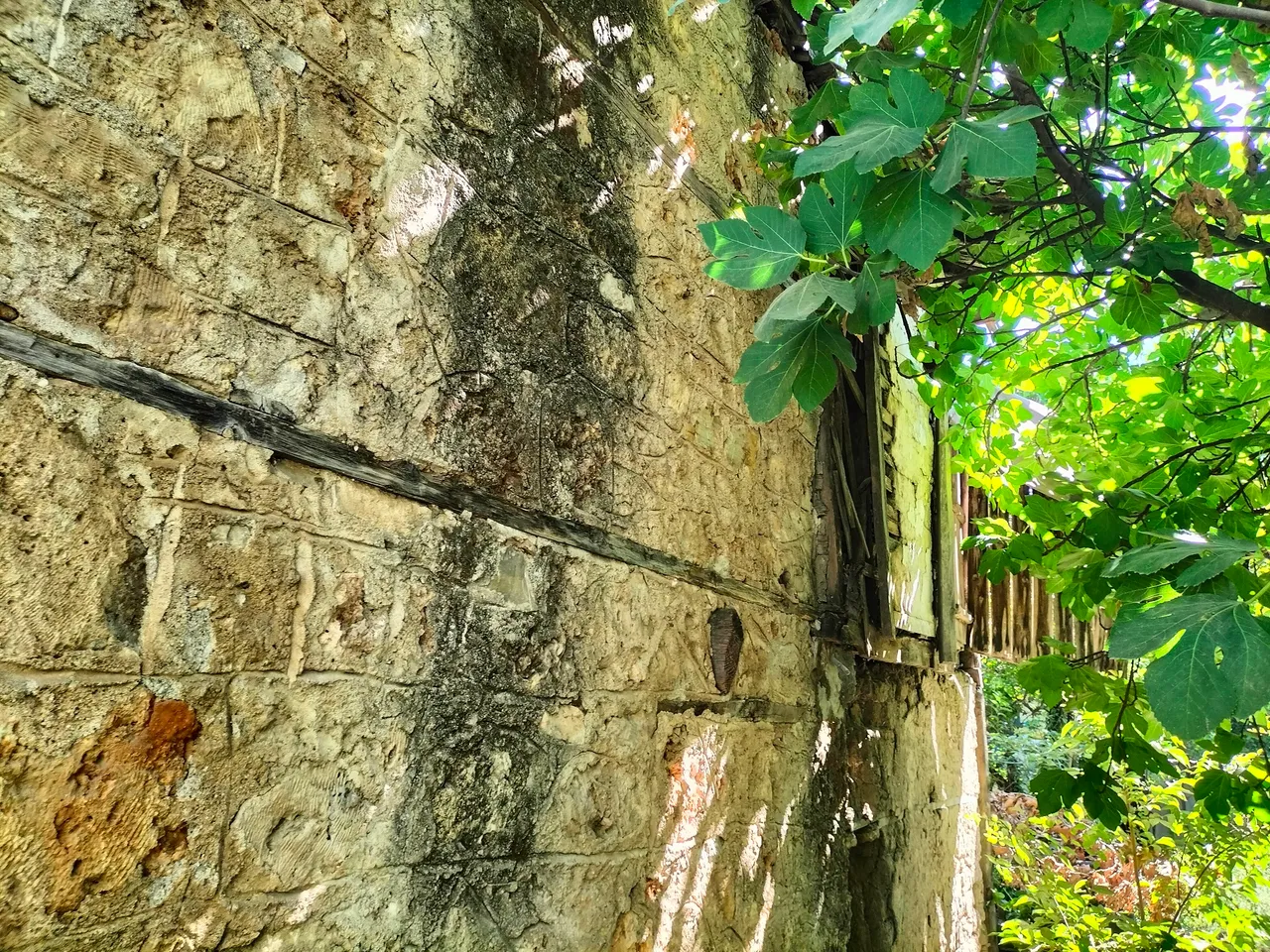
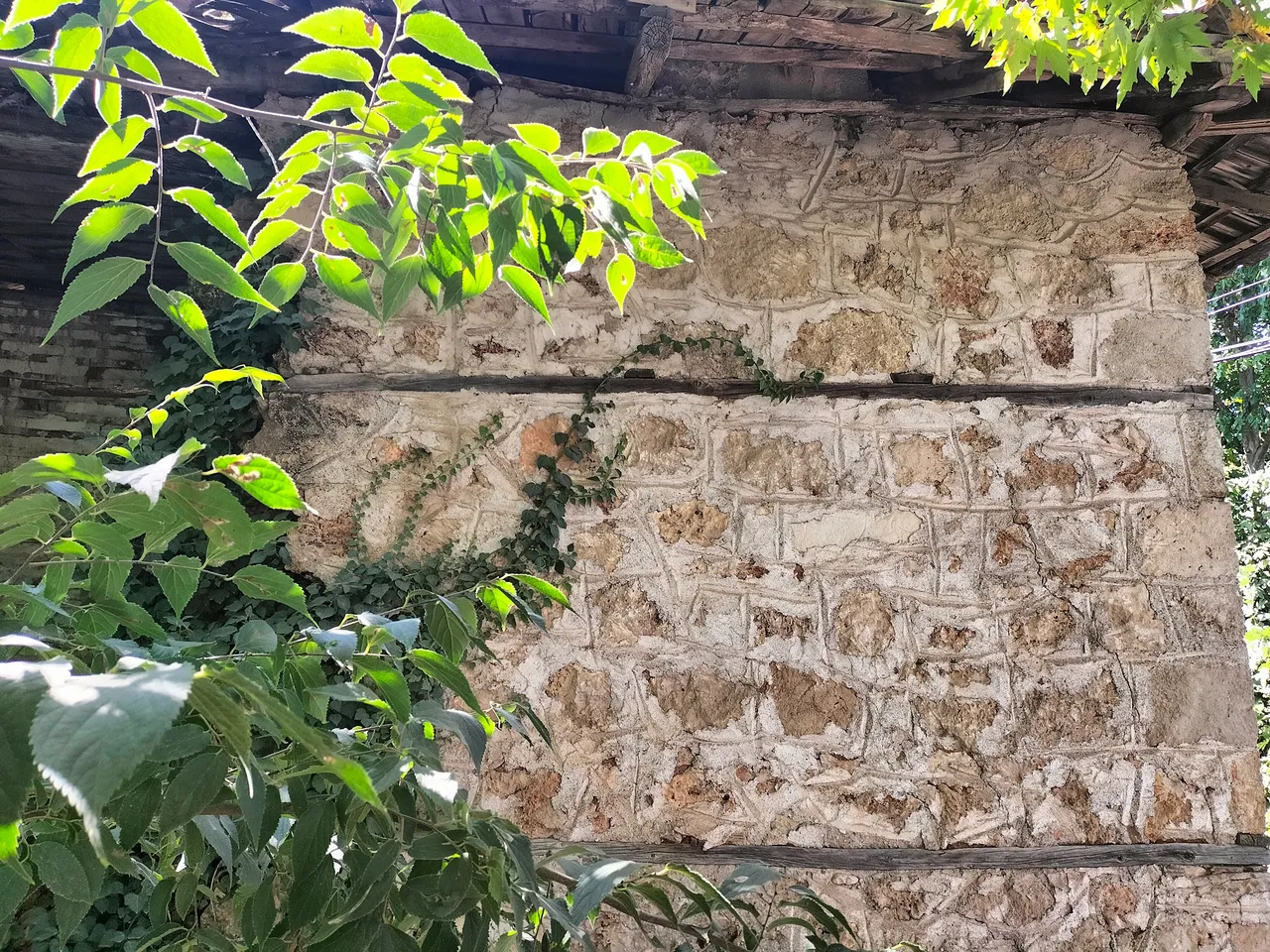
The roof and windows of the house by the roadside are made of wooden boards. The horizontal board used in the center of the stone house looks like an ornament, but it seems to have prevented the stones from cracking and falling apart. Some of the wooden windows were open. The window on the second floor, where there was a ledge, was completely closed. The upper floor was probably used for living. In the village, my uncles and I used to live in a house similar to this one. In fact, a wooden strip with a long door was built in the middle of the living room. We lived on one side of the strip and my uncle lived on the other. There were separate kitchens and sinks on each side. When we looked down through the wooden windows, we could see the orchard, our garden. As children in the house, we used to put a pillow on the window and sleep on it. Our windows were made of wide, thick boards.
Yol kenarındaki evin çatısı ve pencereleri ahşap tahtalardan yapılmış, Taşlı evin ortasında kullanılan yatay tahta, süs gibi görünse de, taşların çatlamasına ve dağılmasına engel olmuş görünüyor. Ahşap pencerelerin bazıları açıktı. Çıkıntı bulunan ikinci katın penceresi tamamen kapılıydı. Üst kat muhtemelen oturma amaçlı kullanılıyordu. Biz köyde, amcamlarla birlikte bu eve benzer aynı evde otururduk. Hatta salonun tam ortasından uzun kapılı tahtadan bir şerit örülmüştü. Şeridin bir tarafında biz, diğer tarafında amcam otururdu. Her iki tarafta da ayrı ayrı mutfak ve lavabo vardı. Ahşap pencerelerden aşağıya baktığımızda bostan yani bahçemiz görünürdü. Evdeki çocuklar olarak pencereye yastık koyarak, onun üstünde yatardık. Pencerelerimiz geniş kalın gövdeli, tahtalardan oluşurdu.
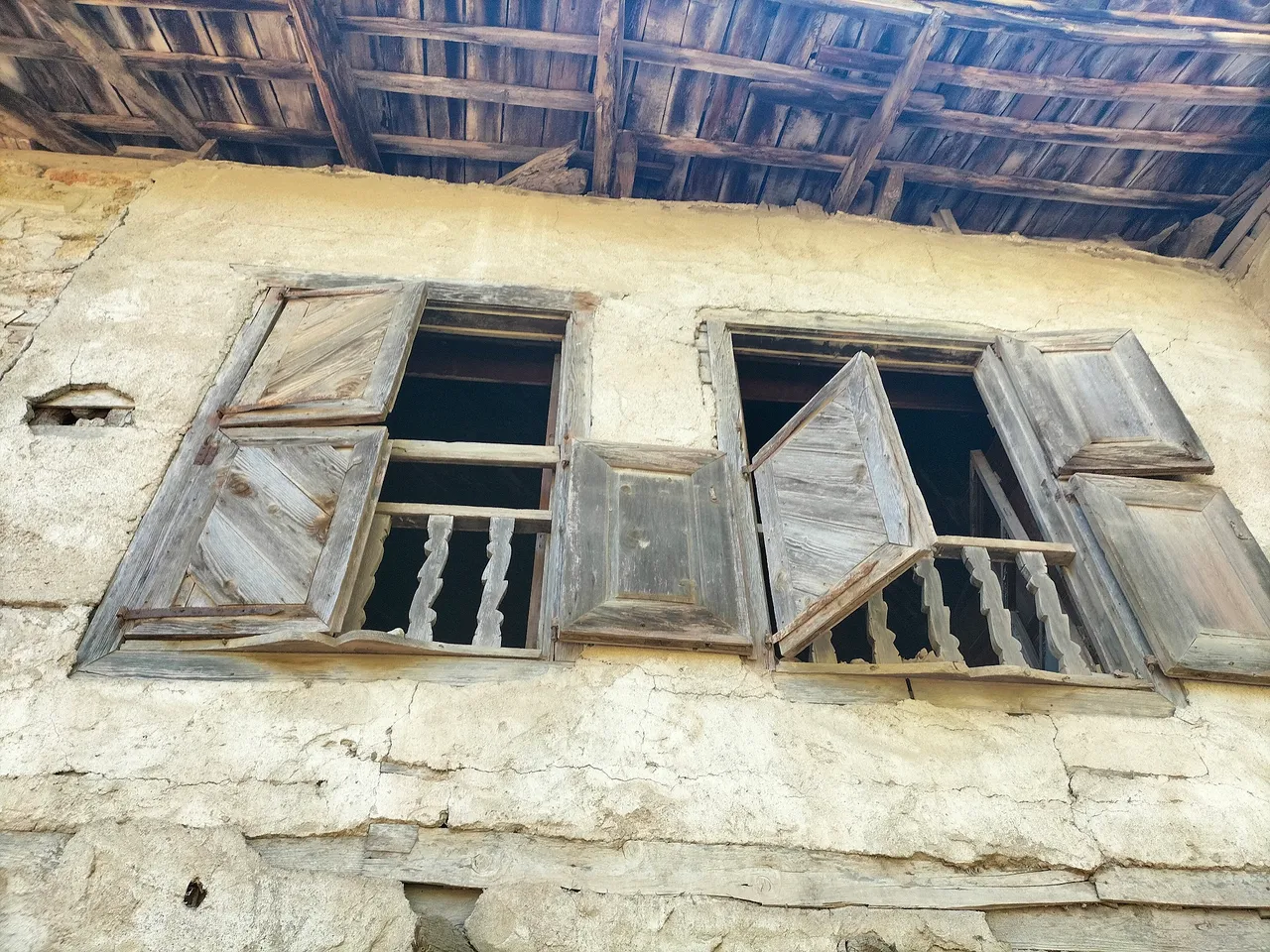
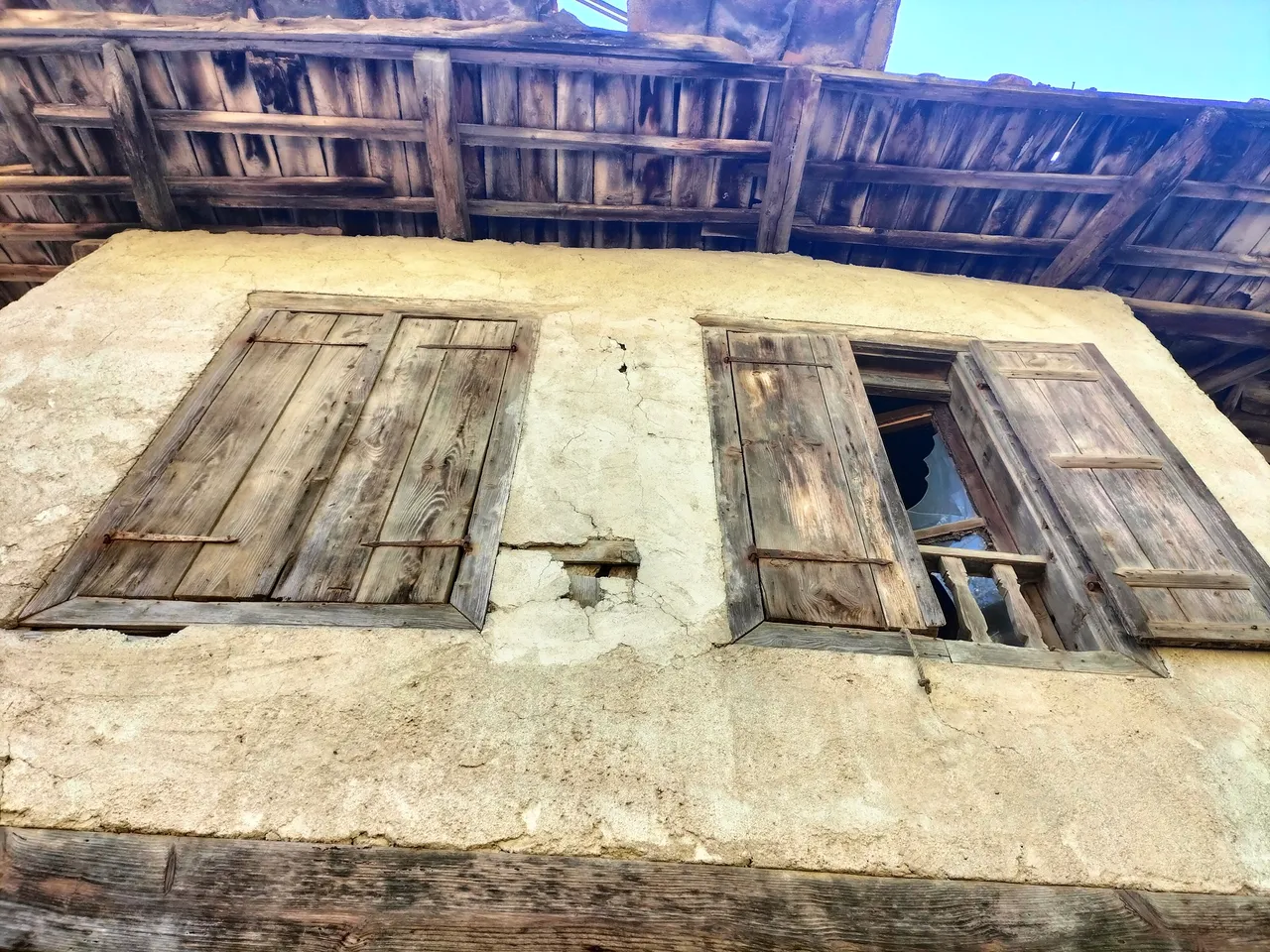

In our country Turkey, we have many historical and cultural houses that reflect our deep-rooted history and guide the lives of different civilizations. The architectural structures of our stone houses, the mastery of windows and doors, as well as the color tones used are among the striking elements. The doors and windows here are also inspired by this culture. I can more or less guess the lives lived inside this house with wooden windows, which consists of two floors. On the lower floor of the house, when I look through the hole in the door, I guess that it is a family of tradesmen. There are colorful and old crates in the basement. Again, they have shelved the feed sack, which I can't quite see what is inside. In the corners of the barn, there are tools used in the fields and gardens and a thick urban rope, and we can understand that a local people used this place as a warehouse.
Ülkemiz Türkiye'de köklü tarihimizi yansıtan ve farklı medeniyetlerin yaşantılarına kılavuz olan bir çok tarihi ve kültürel evlerimiz var. Taş evlerimizin mimarı yapıları, pencere ve kapılardaki ustalıkla beraber, kullanılan renk tonları da dikkat çeken unsurlar arasında yer alır. Buradaki kapı ve pencereler de bu kültürümüzden esinlenerek yapıldığı göze çarpıyor. İki kattan oluşan bu ahşap pencereli evin içinde yaşamış hayatlarını az çok tahmin edebiliyorum. Evin alt katında, kapıdan aralanan delikten baktığımda, bir esnaf ailesi olduğunu tahmin ediyorum. Bodrum da renkli ve eskimiş kasalar var. Yine içinde ne olduğunu tam göremediğim yem çuvalını rafa kaldırmışlar. Ahırın köşelerinde tarlalarda ve bahçelerde kullanılan araç gereçlerle kalın urban ipi de yerli bir halkın burayı bir depo olarak kullandığını anlayabiliyoruz.
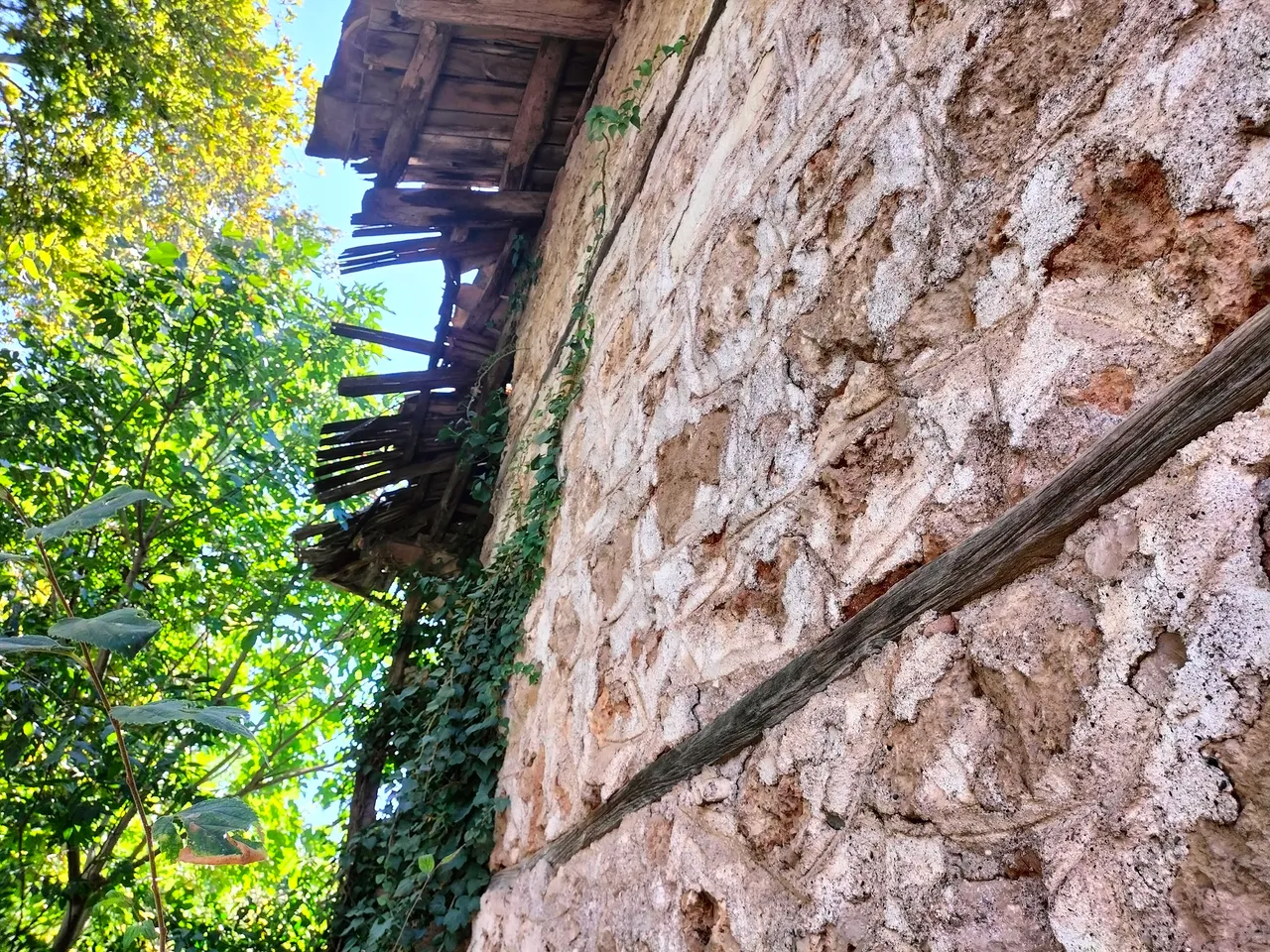
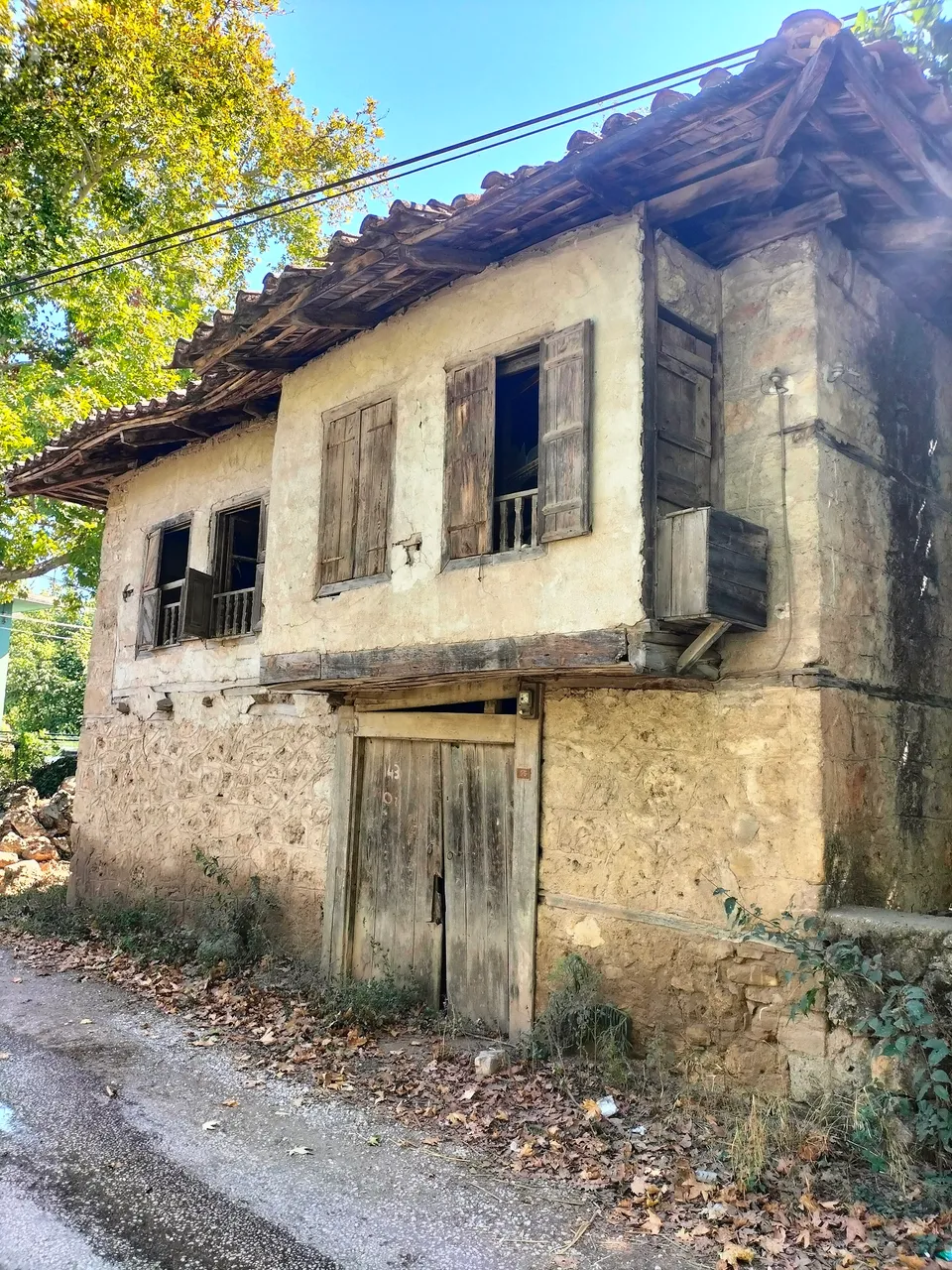
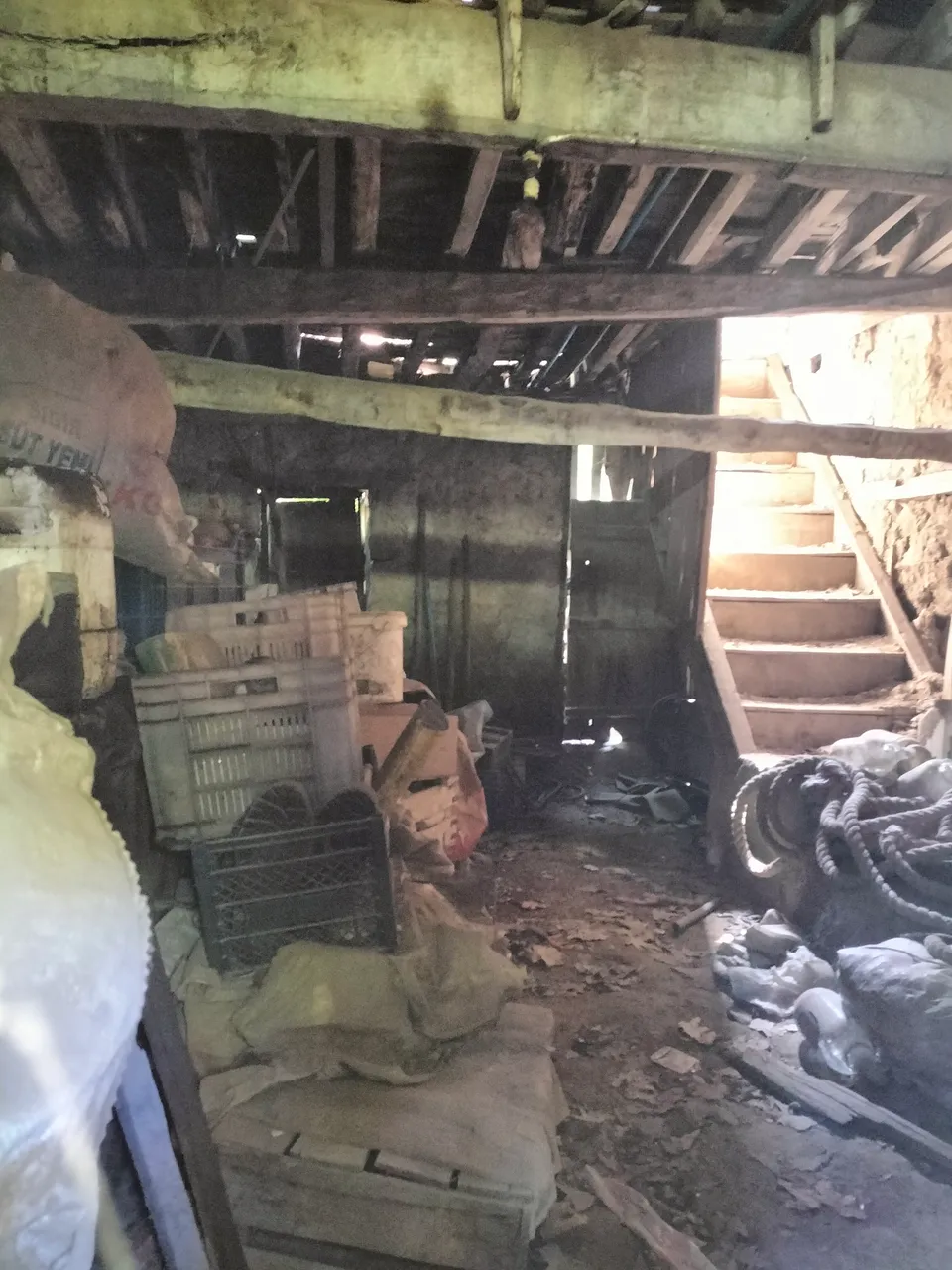
I walked around the stone house to see if there was any other open space. Only the second floor on the side of the stone house, which had surrendered itself to the green vines, was damaged and collapsed. The yellow leaves and green vines on the collapsed stones seemed as if they were trying to close that gap. In fact, when you look carefully at the house, it doesn't look like a simply built stone house. In fact, it seems to have been skillfully built with the architectural hand of the past years. I can see that there are three or four separate rooms upstairs, perhaps there is another room squeezed between the roof. In the house in our village, there was a window in the room-like space of the roof to illuminate the roof. Some of our elders are said to have built rooms with windows in the attic so that their sons could live there comfortably until they got married. Or it could have been built for a sister who would take wings from the house and fly like an angel.
Taştan evin etrafını gezerek başka açık bir bölüm olup olmadığına baktım. Kendini yeşil sarmaşıklara teslim eden taştan evin sadece yan tarafındaki ikinci katı hasar görmüş ve yıkılmış. Yıkılan taşların üzerindeki sarı yapraklar ve yeşil sarmaşıklar sanki o boşluğu kapatmaya çalışmışlar. Aslında eve dikkatli bakılınca, basitçe yapılmış bir taş eve benzemiyor. Hatta geçmiş yılların, mimarlık eliyle örülmüş, ustaca inşa edildiği anlaşılıyor. Üst katta ayrı ayrı üç dört odanın olduğunu görüyorum. Belki de çatı arasına sıkıştırılmış bir oda daha vardır. Bizim köydeki evdeki, çatıyı aydınlatmak için çatının oda gibi olan boşlukta bir pencere vardı. Bazı büyüklerimiz, çatı katında bulunan pencereli odaları, erkek çocuklarının evleninceye kadar, orada rahat yaşaması için yaptıkları söylenir. Ya da evden kanatlanıp bir melek gibi, uçacak olan bir abla için yapılmış olabilir.
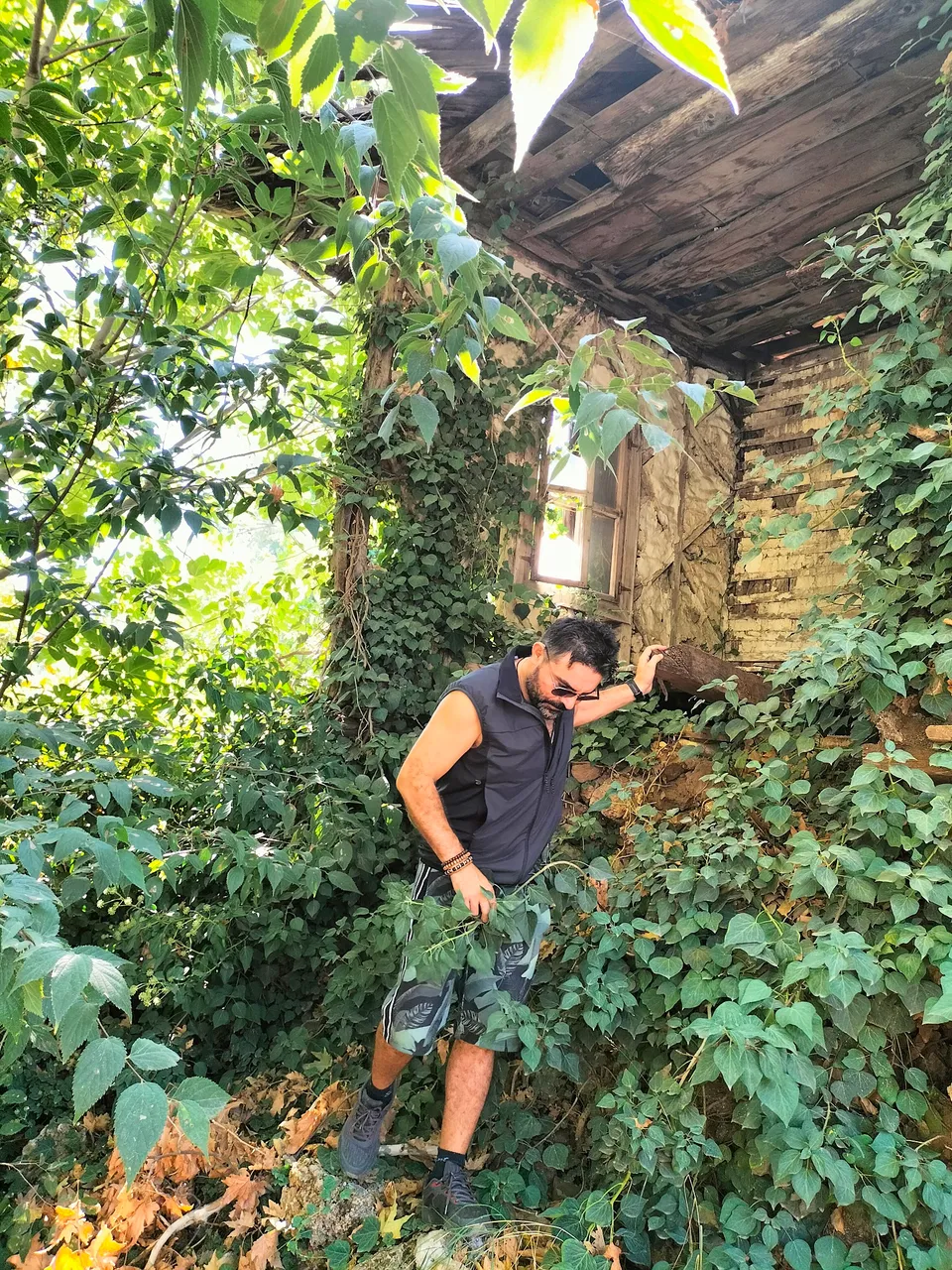
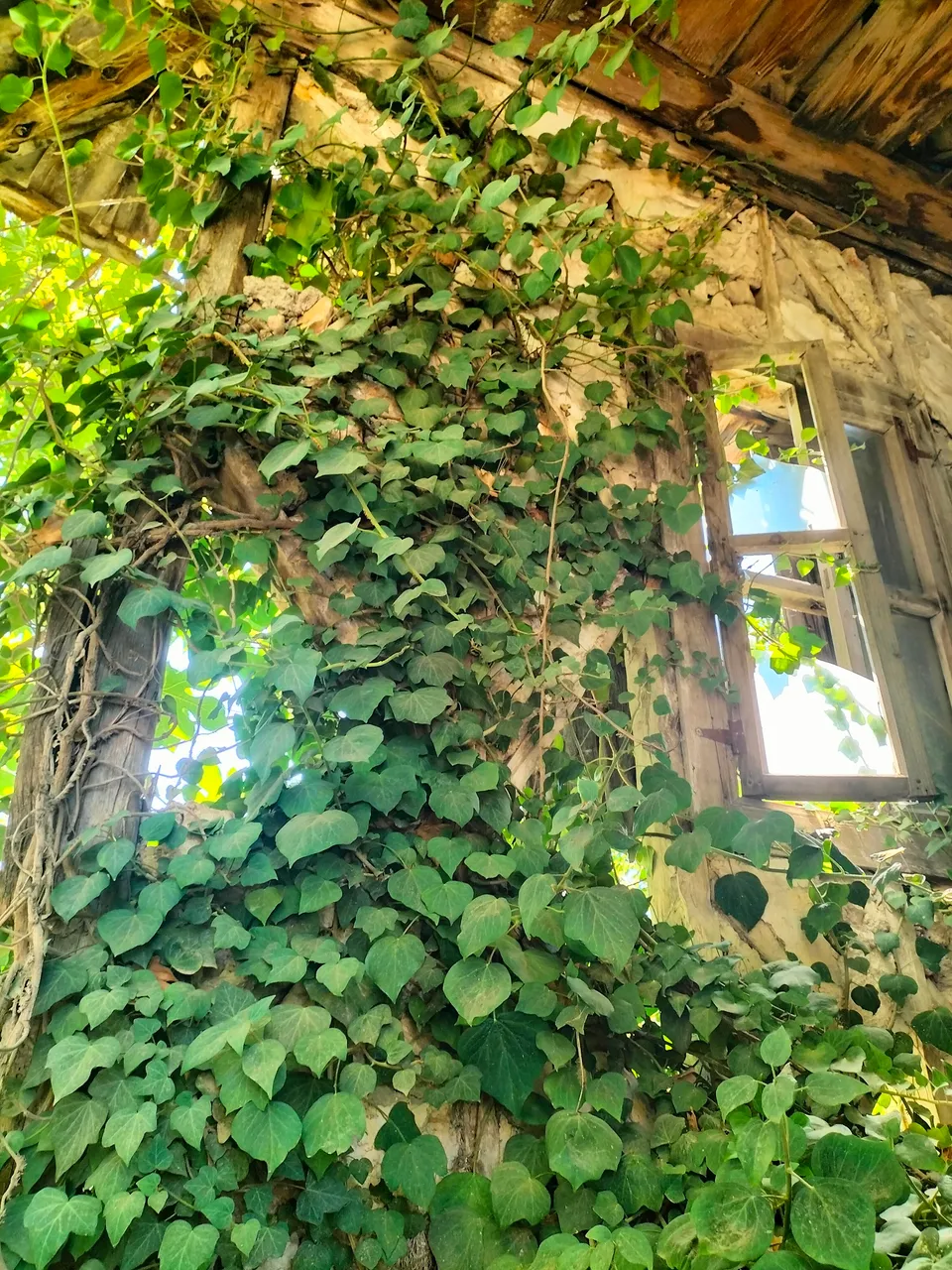
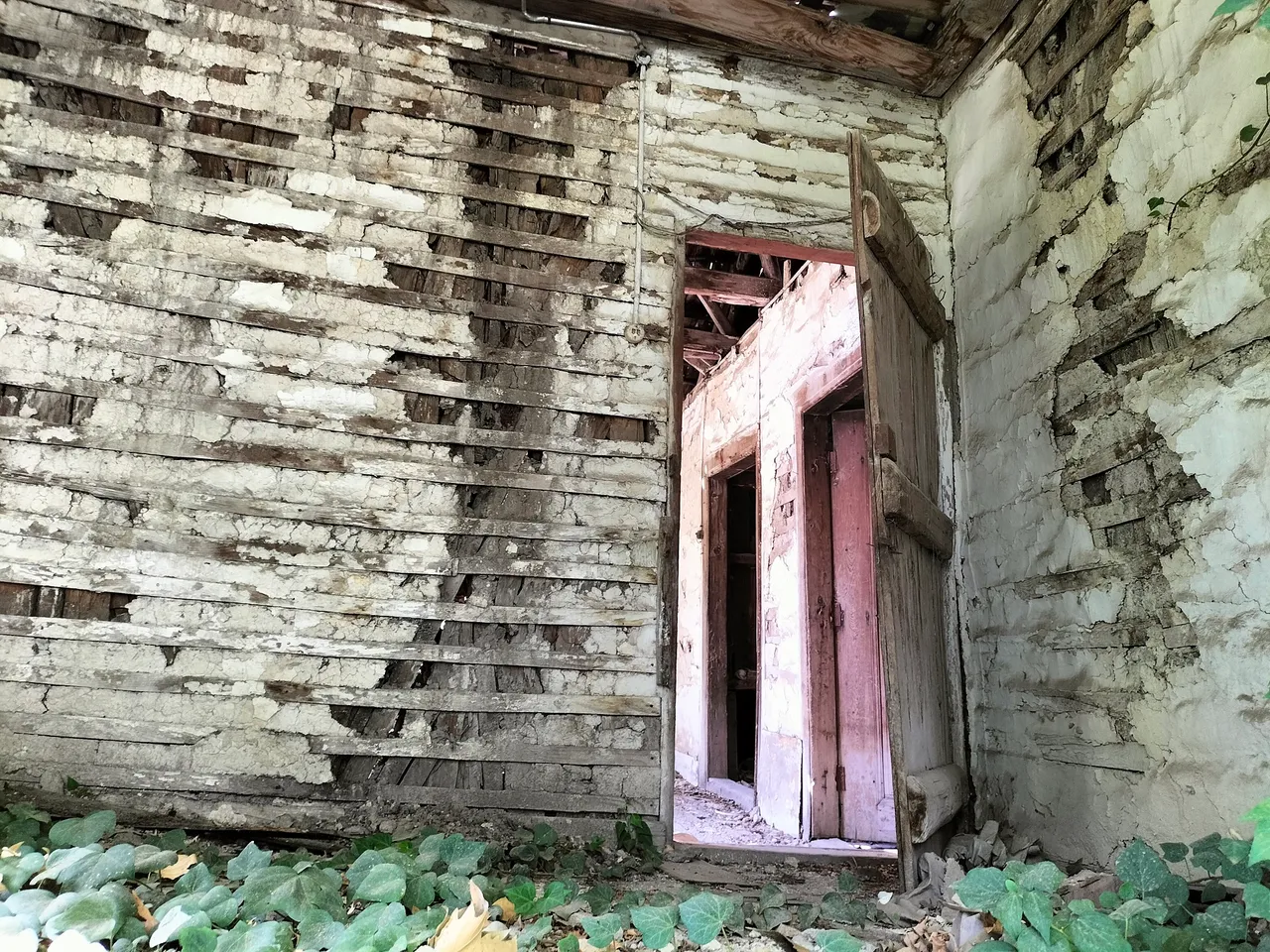
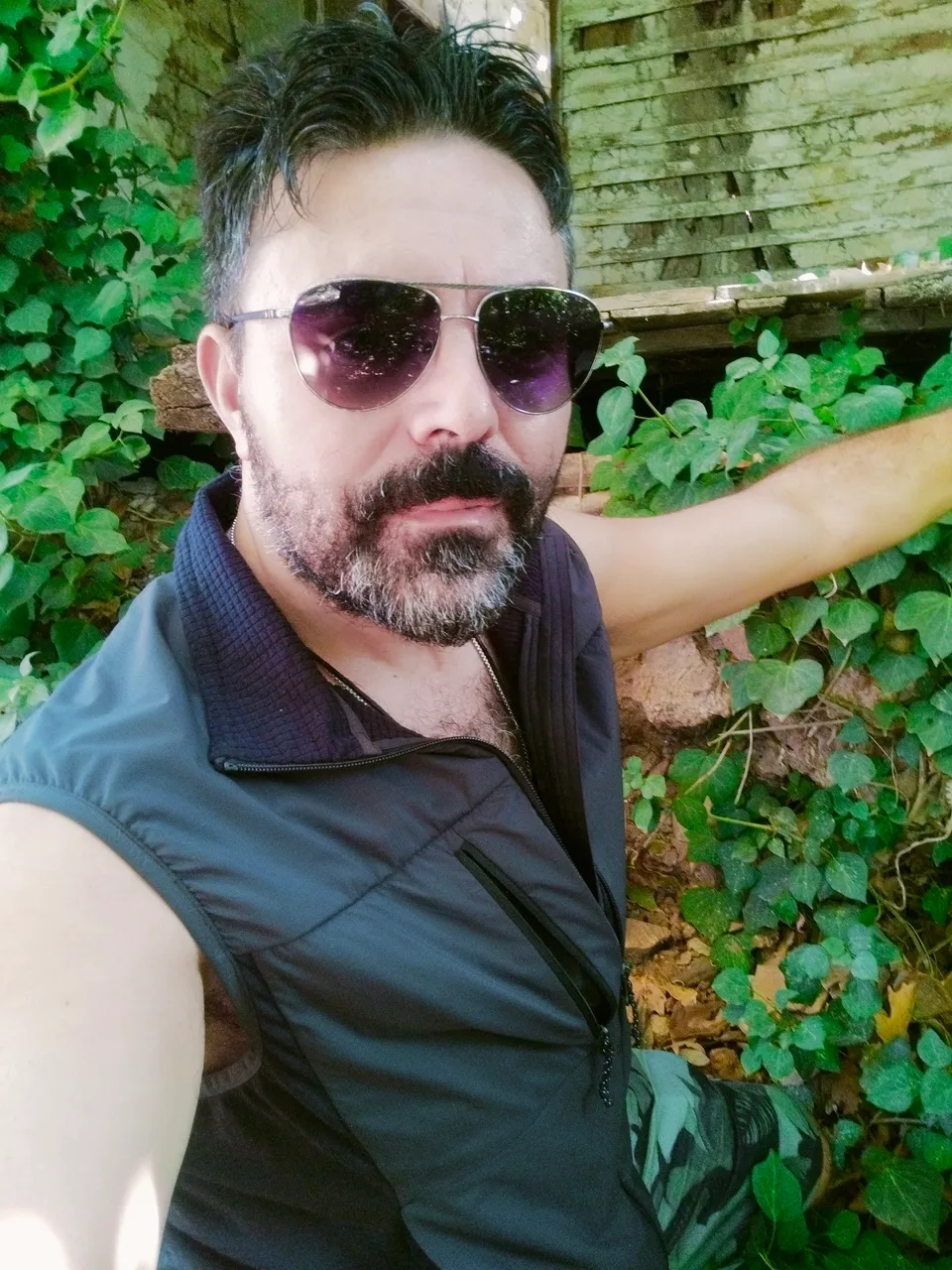
Now let's move a little away from this house and look around the area where I live, the Bahtılı neighborhood. The neighborhood, which has only one road to and from, consists of two-storey houses built on the side of the road. Most of these houses have gardens at the back. They grow vegetables and fruits in these gardens. This region is actually known as the Yoruks region for Antalians. These people, who are engaged in agriculture and animal husbandry, continue this profession until today. It is very hot and dry here in summer. Those who wanted to escape from this sweltering weather used to migrate to the Fesleken springs or the Karçukuru plateau on the Beydağları.
Şimdi bu evden biraz uzaklaşıp, bulunduğum bölgenin yani Bahtılı mahallesinin etrafına bakalım. Gidiş dönüş tek bir yolu olan mahalle genelde yol kenarına kurulmuş iki katlı evlerden oluşur. Bu evlerin çoğunun arka taraflarında bostanları var. Bu bostanlarda sebze ve meyve yetiştiriyorlar. Bu bölge aslında Antalyalılar için Yörükler yöresi olarak anılıyor. Tarım ve hayvancılıkla uğraşan bu insanlar, günümüze kadar bu mesleklerini devam ettiriyorlar. Yaz aylarında buralar çok sıcak ve kurak geçiyor. Bu bunaltıcı havalardan kaçmak isteyenler, Fesleken yaylarına ya da Beydağları üzerinde yer alan Karçukuru yaylasına göç ederlermiş.
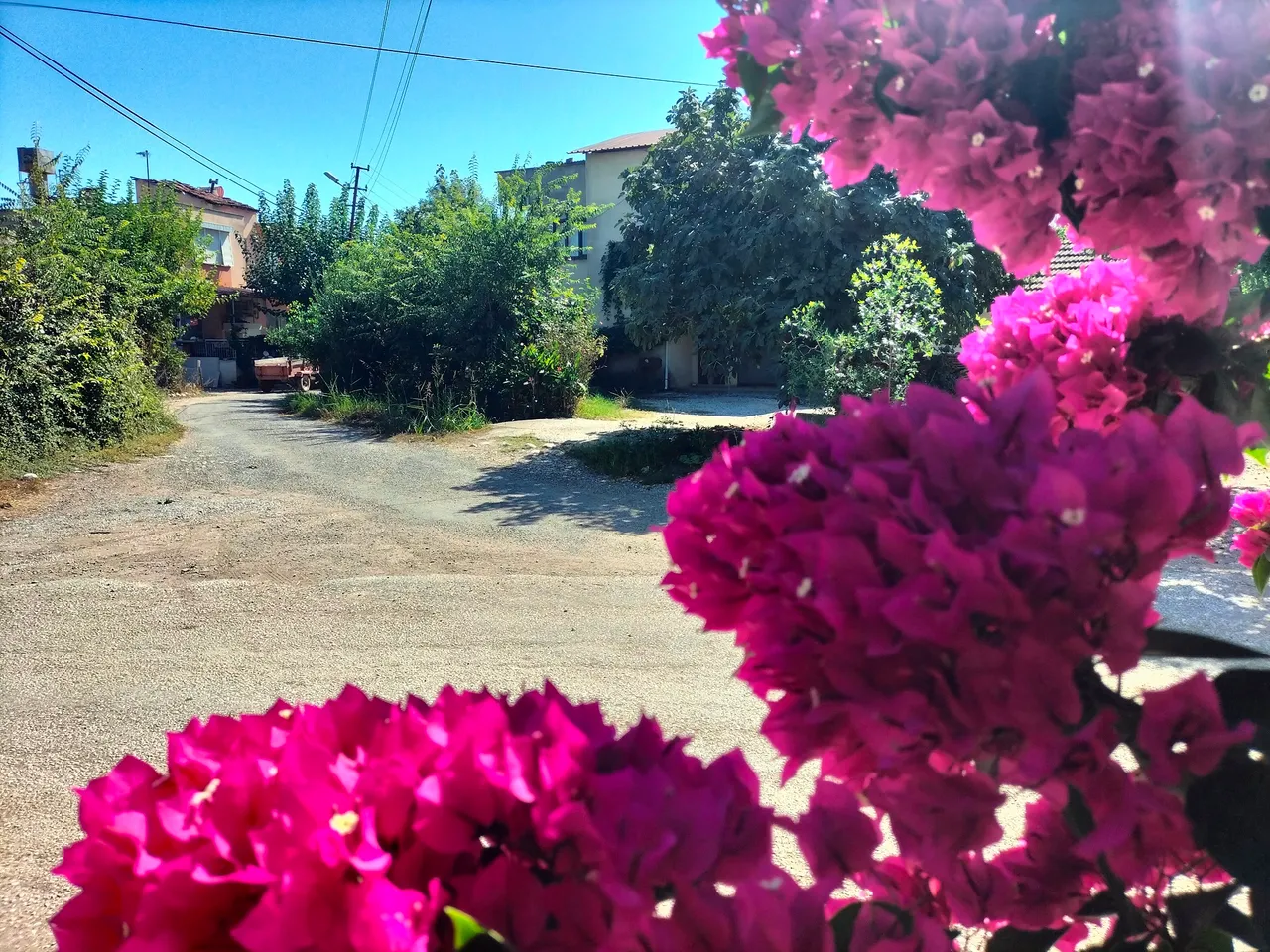
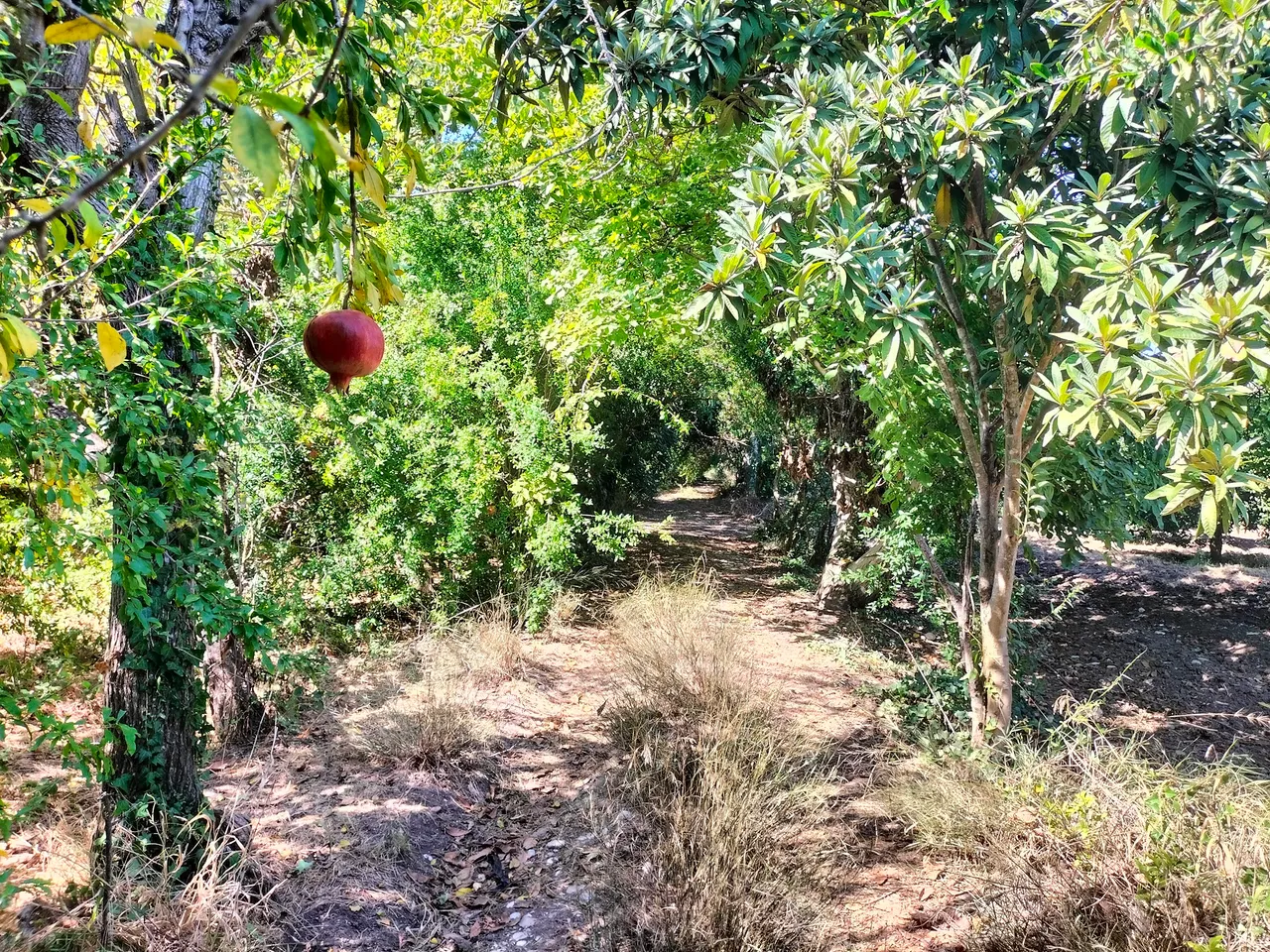

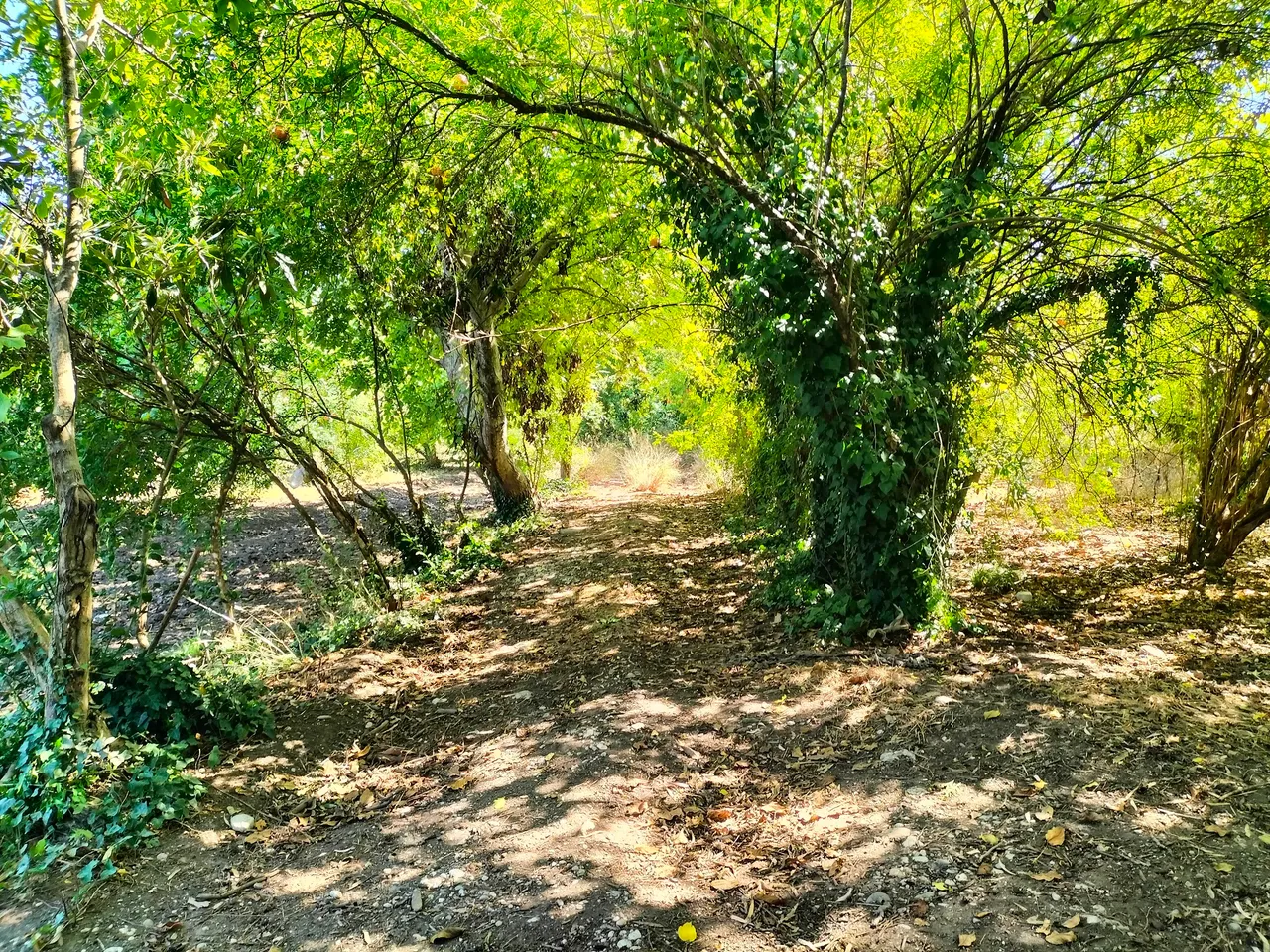
In the Bahtılı neighborhood, where we can see all traces of village life, locals generally grow pomegranate and orange trees. They have also opened canals to irrigate these trees. There are very favorable flat lands for irrigating vegetables. In this region, I admire the beauty of the leaves in autumn like a bride decorating the soil.
Köy yaşamının tüm izlerini görebildiğimiz, Bahtılı mahallesinde yerli halk genelde nar ve portakal ağaçları yetiştiriyor. Bu ağaçları sulama içinde de kanallar açmışlar. Sebze sulamak içinde oldukça elverişli düz araziler var. Bu bölgede Sonbahar ayında yaprakların, toprağı gelin süsler gibi güzelleştirmesine hayran kalıyorum.
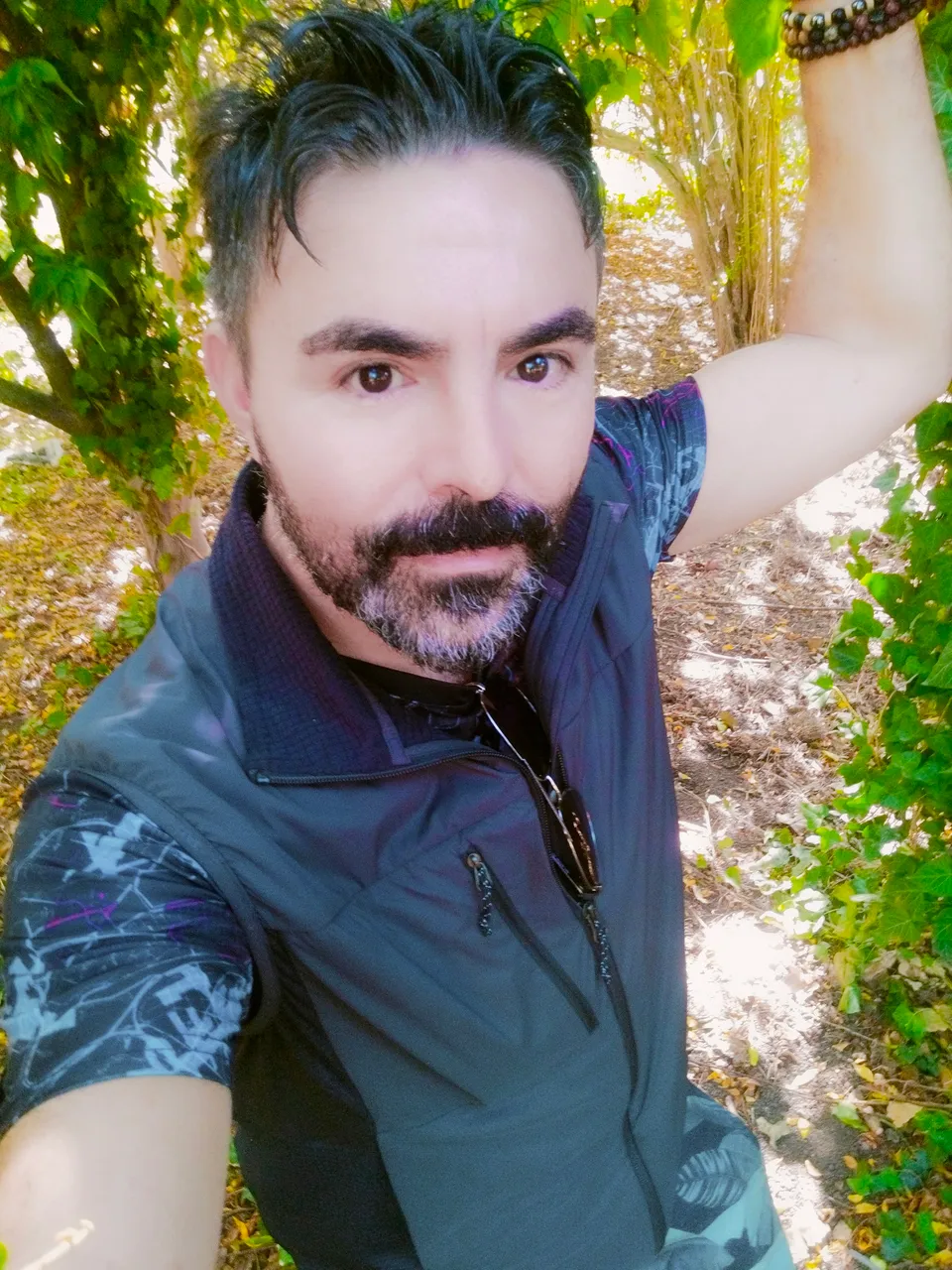
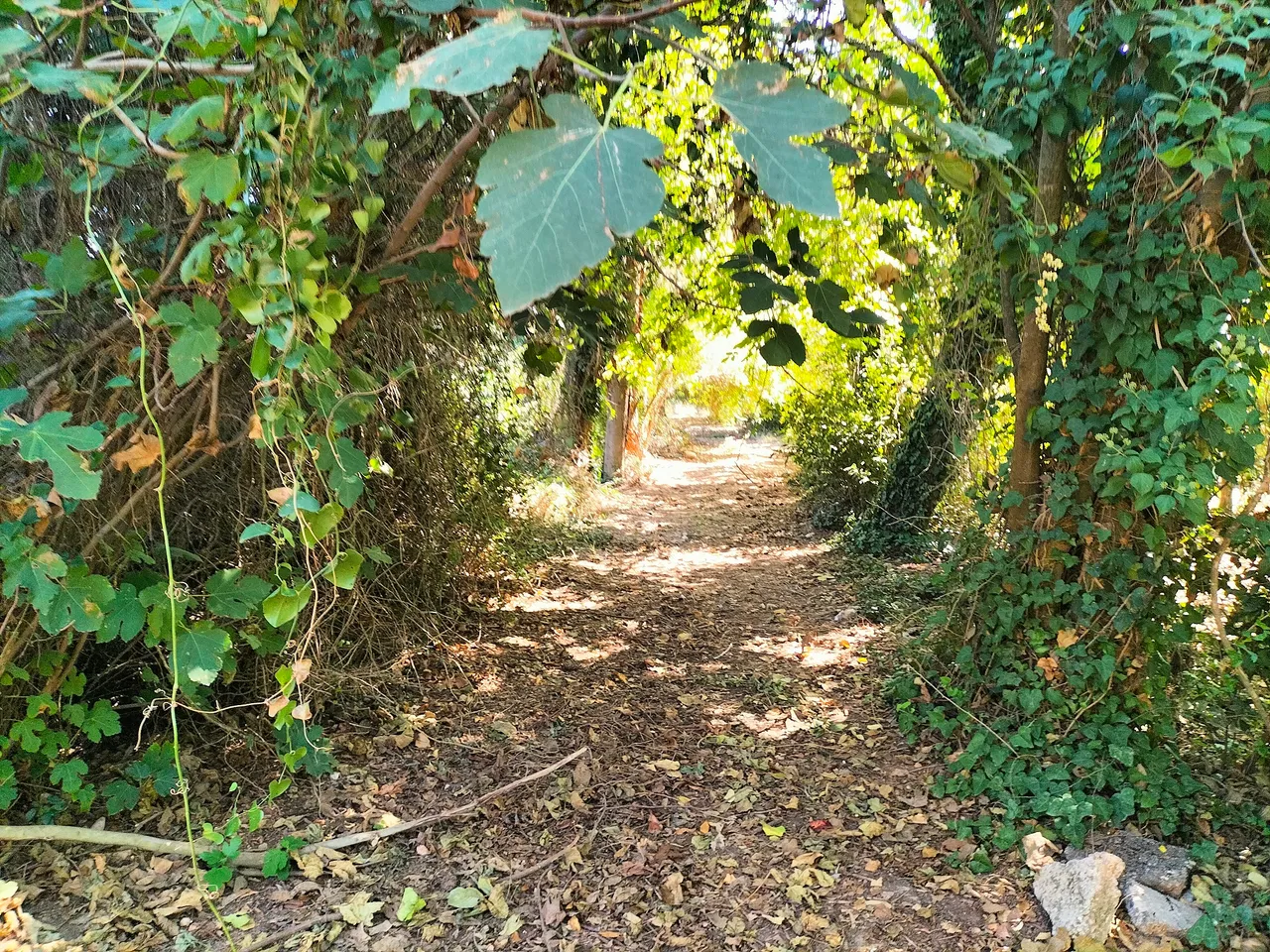
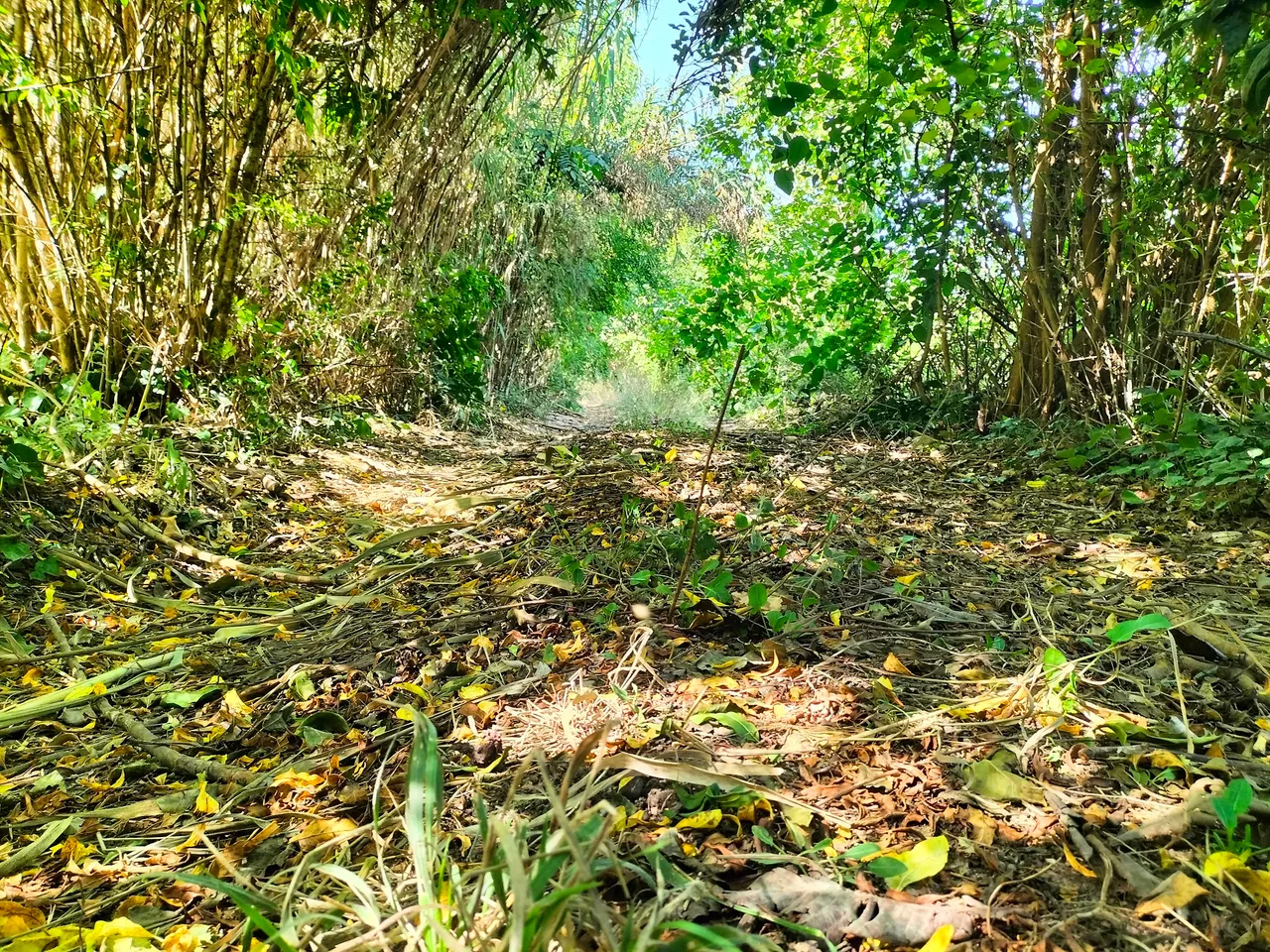
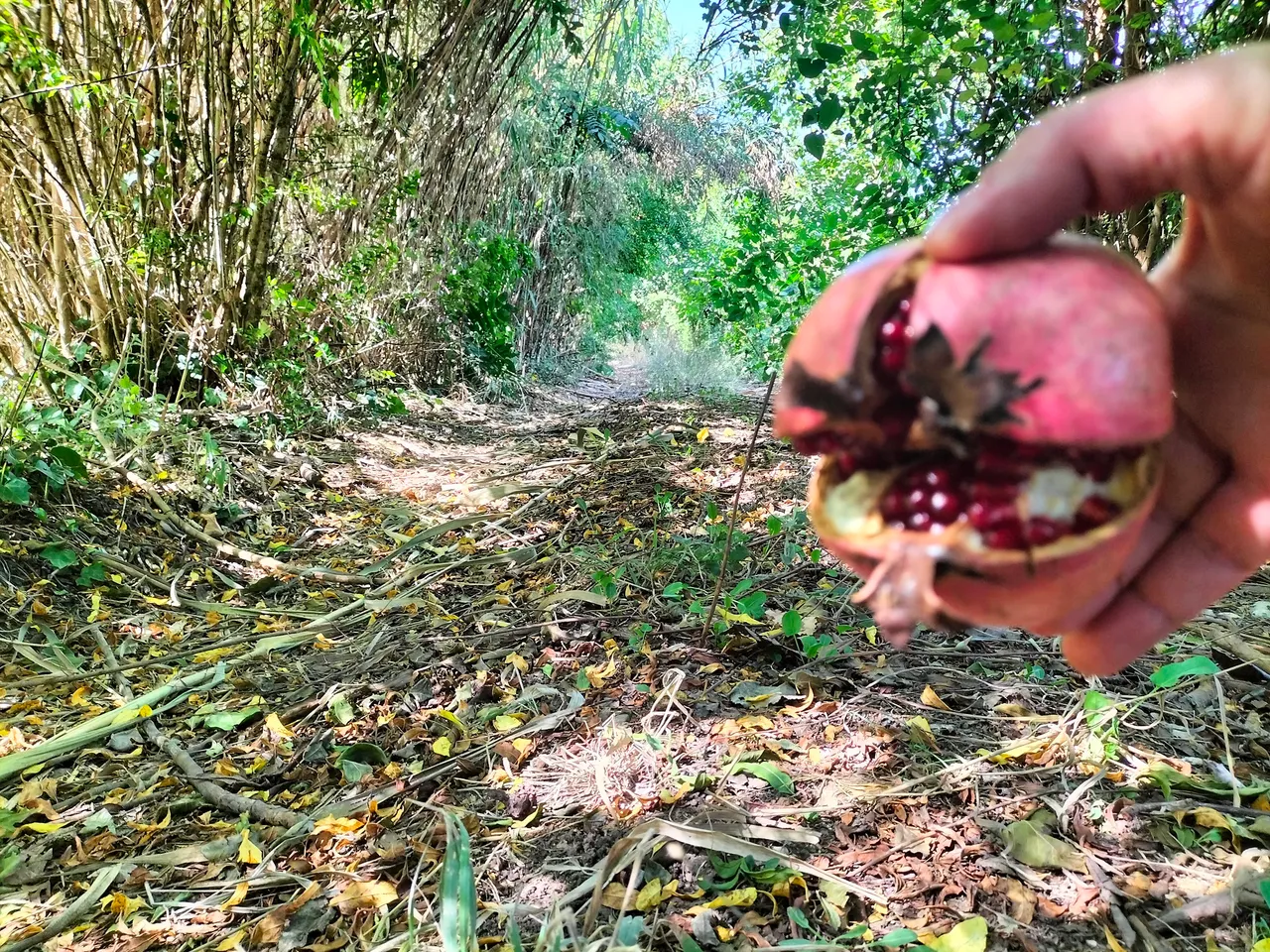

Especially in October, I bid you farewell from Bahtılı, one of the neighborhoods I visit frequently to see the beauties offered by nature. See you again, take care of yourself.
Özellikle Ekim ayında, doğanın sunduğu güzellikleri bire bir görmek için sıkça uğradığım mahallelerinden biri olan Bahtılı'dan sizlere veda ediyorum. Tekrar görüşmek üzere, kendinize iyi bakın.